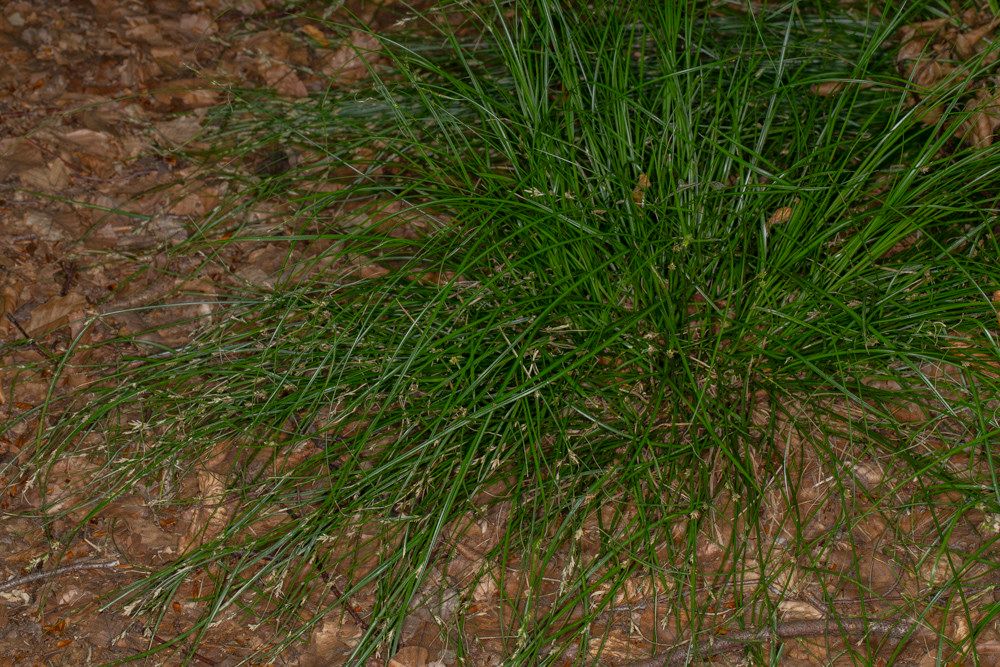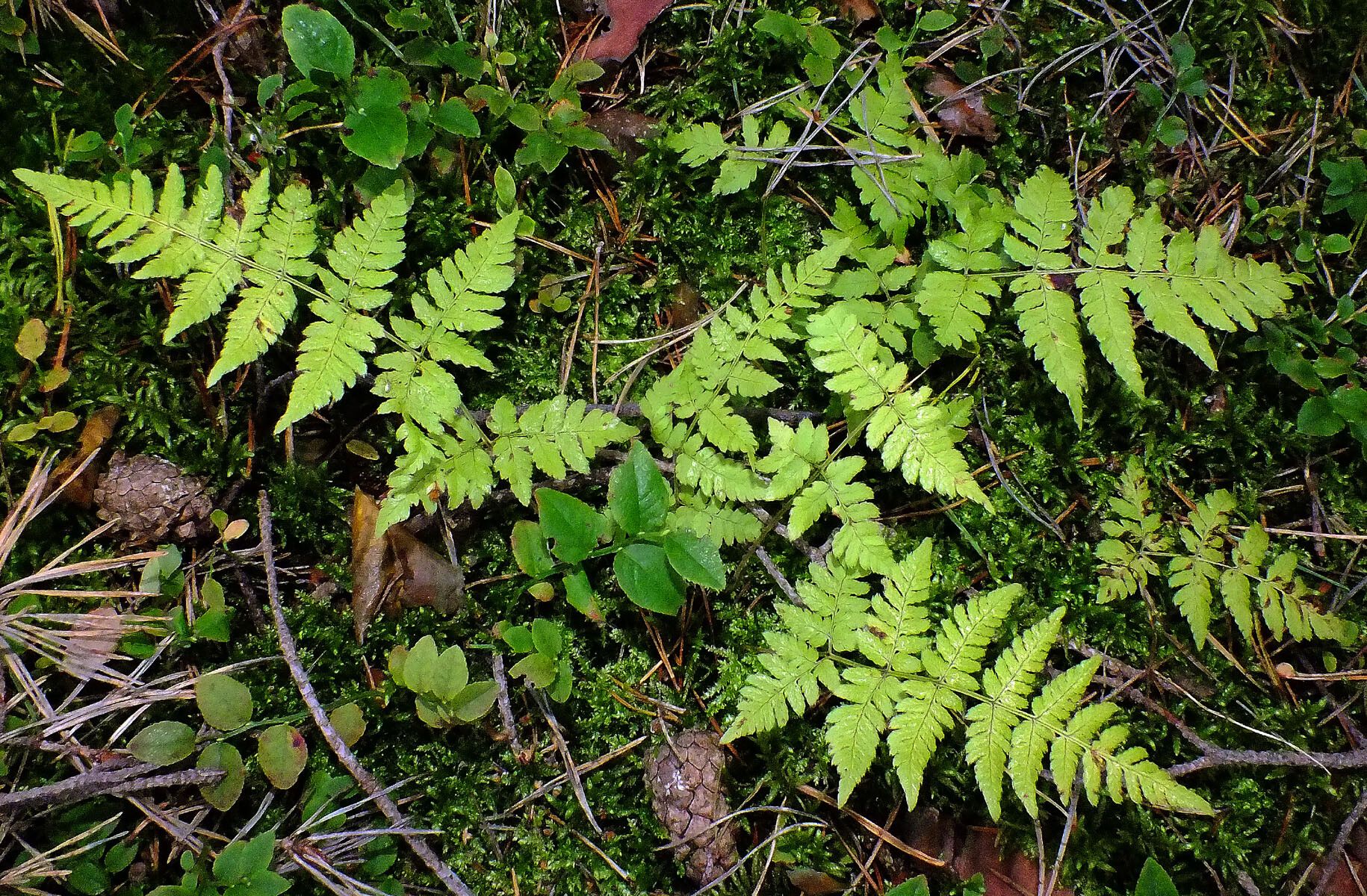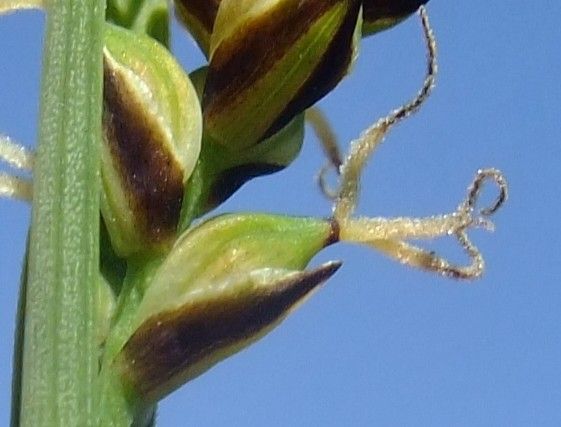### Remote Sedge: Unveiling the Mystery of a Unique Cyperaceae
Remote sedge, a member of the Cyperaceae family, adds a touch of understated elegance to its often overlooked habitats. While its common name hints at a secluded nature, understanding its characteristics and growth requirements can help you appreciate this fascinating plant. This comprehensive guide will equip you with the knowledge to identify and, if you're lucky enough, cultivate this intriguing species.
### Habitat and Growth
Remote sedge thrives in specific ecological niches, often found in damp, shady areas. These locations can include woodland edges, wetlands, and the banks of streams or rivers. Its preferred environment usually involves consistently moist but well-drained soil. The precise conditions can vary depending on geographic location, so researching the specific microclimates of your region is vital if you're attempting cultivation.
The plant's height can range, with mature specimens typically reaching between 6 and 24 inches. Its foliage is characterized by slender, grass-like leaves, often described as having a somewhat delicate appearance. While not known for vibrant blooms, the inconspicuous flowers contribute to the overall aesthetic of the plant, blending seamlessly with its surrounding environment.
### Soil Needs and Sun Exposure
As mentioned previously, consistently moist soil is paramount for the successful cultivation of remote sedge. However, excessively soggy or waterlogged conditions should be avoided, as this can lead to root rot and ultimately the plant's demise. Well-drained, slightly acidic to neutral soil is optimal. Amend heavy clay soils with organic matter like compost to improve drainage and aeration. The specific soil pH tolerance should be further researched based on the plant's geographic origin.
Sunlight requirements for remote sedge lean toward partial shade or dappled light conditions. Direct, intense sunlight can scorch the delicate foliage. When planting, select a location that offers protection from harsh midday sun.
### Identification Tips
Identifying remote sedge requires careful observation of its key features. Pay close attention to the leaf structure, its overall size and growth habit, and its preferred habitat. Comparing your findings with detailed botanical illustrations or photographs from reputable sources is highly recommended. Consulting with local botanical societies or experts can also provide invaluable assistance in accurate identification.
### Conservation and Ecological Significance
Like many sedge species, remote sedge plays a crucial role in its ecosystem. It contributes to soil stabilization, particularly in damp areas, and provides habitat for small invertebrates. Protecting its habitat through sustainable land management practices is crucial for its long-term survival. Further research into its specific ecological contributions within its native range can help inform conservation efforts.
### Conclusion
Remote sedge, though understated, possesses a unique charm and ecological importance. By understanding its requirements and appreciating its delicate beauty, we can ensure the continued preservation of this fascinating plant within its natural environment. Further research into specific subspecies and their local adaptations is strongly encouraged for those interested in more in-depth knowledge.
Remote Sedge: Care Guide & Identification

Frequently Asked Questions
How do I identify remote sedge?
Careful observation of the plant's size, leaf structure, habitat preference, and a comparison with detailed botanical illustrations and descriptions are key to accurate identification. Consult with local experts if needed.
What type of soil does remote sedge need?
Remote sedge requires consistently moist but well-drained soil. Well-drained, slightly acidic to neutral soil is ideal. Avoid waterlogged conditions.


